“Mandalas help us access a deeper creative source that goes beyond logic and order, and into mystery, creativity, and intuition.” – Unknown
Art has been a means to express one’s psychic intricacies for a long time. Like many other forms of expression like singing, writing, dancing, acting, facially expressing, body language expressions, and the likes, art is also one of them. It crosses all bars as people from all aspects of life can express themselves through creativity.
Art therapy is an independent type of therapy that integrates psychotherapeutic techniques to use creative techniques like sketching, shading, coloring, painting, clay molding, sculpting which helps people express themselves artistically, along the way leaving behind psychological undertones of their art.
Psychologists have long understood the underpinnings of people’s artwork and have considered creativity as a means to maintain a person’s mental well-being by addressing a range of psychological issues. Some areas of mental health concerns like Anxiety, Depression, PTSD, eating disorders, trauma, abuse, and other emotional disturbances receive significant results from art therapy.
Art therapists often influence their clients to use geometric shapes and patterns to help create a mental balance that their lives lack. This form of art therapy is known as mandala art therapy.
Mandalas have recently gained a lot of reputation in the world of art therapy and as a means to alleviate symptoms of stress, anxiety, depression, and several other mental health issues.
You don’t have to be a seasoned artist to take advantage of the benefits of art therapy. While if you want to undergo art therapy to reduce symptoms of your mental disorders, or cure it, you have to make an appointment with a credentialed art therapist. But if you want to take small steps to beat your daily stress and relax by the end of the day, all you have to gather is paraphernalia and introduce some art in your life.
Read 15 Art Therapy Exercises to Banish Anxiety and Channel Your Emotions
What is a Mandala?
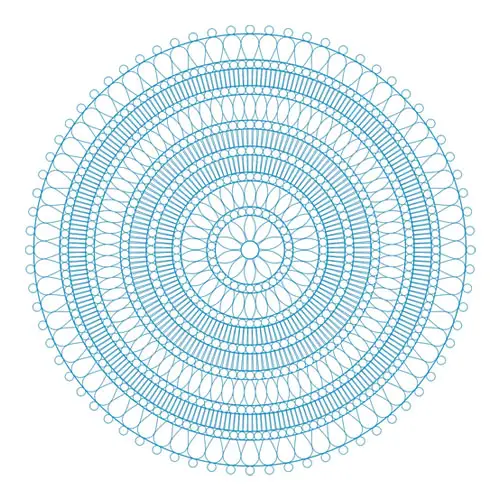
Mandala is a Sanskrit word which “circle” or “discoid object” is a geometric design holding significance in many cultures like Buddhism and Hinduism.
Mandalas are symbolic of different aspects of the universe. It is also instrumental to meditation and symbolizes prayer in different parts of the world, especially, Tibet, China, and Japan.
Circles are a powerful geometric shape, found in almost all cultures and religions. In Hinduism and Christianity, we see it as halos, in prayer wheels, other religious symbols. This shape is also prominently used in architecture, sculptures, and in nature.
Mandalas are actually created like drawing, sketching or painting. Or they are sometimes built on sand and are temporary. The making of a mandala involves the use of a circle, which is filled with other geometric shapes of various sizes. The shapes are often repeated in symmetrical sequences to make a unique and intricate design of attractive color schemes.
They are typically created on paper using colors or are made on fabric. They can also be engraved on stones, carved on bronze, silver, and other metals, and also embroidered on clothes. It can be done on a number of different textures and surfaces.
Mandalas are a spiritual circle which can have two interpretations:
On the surface level, it is the pictorial representation of the universe and on a deeper level, it signifies the journey of each soul to result in the ultimate union with the supreme power. Hindu and Buddhist religions believe that by entering the mandala and approaching its center, you absorb the cosmic force to transform the suffering of the universe into joy and contentment.
The process of both creating and interpreting the mandala is focused on centering the body and mind, aligned to each other, which is why this is a powerful tool of meditation.
Read Mandala Meaning: How the Sacred Circle Helps Us
Use of Mandalas to benefit therapeutically
Mandalas of all sorts of colors, designs, and sizes are equally intriguing to look at. At first glance, mandalas have a hypothesizing effect on our minds, especially when they are created with precision and by using symmetrical patterns.
The center of the mandalas strongly stands out among the backdrop of designs that make the mandala more beautiful. The design itself seems to be pulling you deeper inside. You must have seen a mandala. If you haven’t already, just take a look here to experience what I mean.
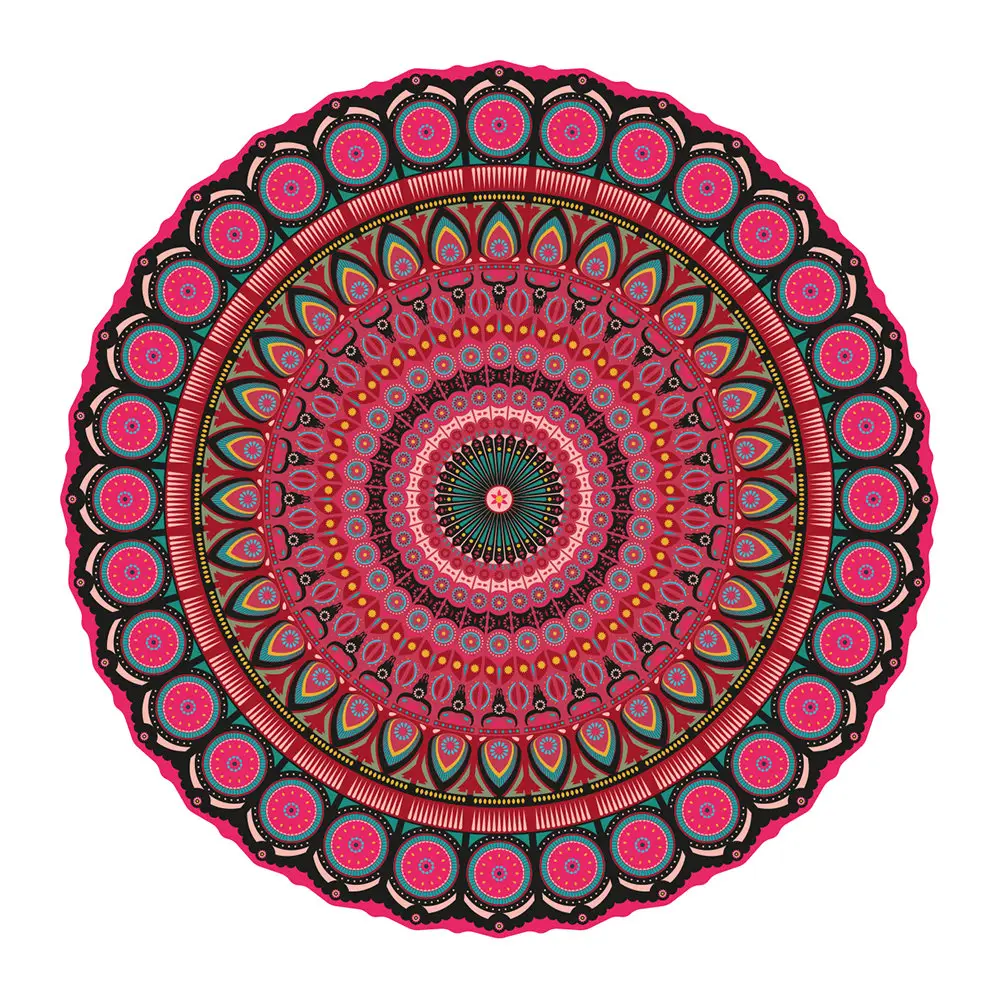
You don’t need to make mandalas this complex. It can be simpler than this. Mandalas are not only fun to make and soothing to look at but are also healing and nourishing in nature. Making mandalas take a lot of patience, control, and concentration (which is evident from the images).
The gripping effect the mandalas have can be used to look at and meditate.
Coloring a mandala using coloring pencils, sketch pens, crayons, or watercolor (any medium you prefer) not only provides you with the benefits of meditation but also helps you to inculcate creativity in your daily lives. Mandalas are a simple tool that does not require expertise on your part, yet when imparted in your daily routine can be extremely soothing and help reduce your stress and anxiety.
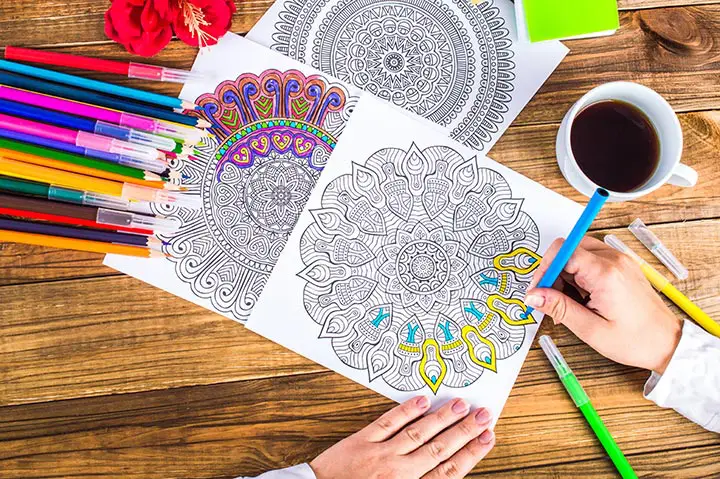
How Mandalas can help reduce stress and anxiety
Have a look at how mandalas can help reduce your stress and anxiety.
1. Mandalas have a refreshing effect on your mind.
As drawing and coloring of the mandalas involve both sides of the brain hence the entire brain is charged up as the neurons are firing instantly and energizing your brain. This reduces the mental stagnation after a psychologically draining day. It relaxes and restores your overworked brain.
Read Mandala Meaning: How the Sacred Circle Helps Us Reconnect With Ourselves
2. It helps you reconnect with your inner child.
When we are faced with extremely difficult and stressful situations in our lives as an adult, we often crave the warmth, security, and comfort of our childhood. Coloring the mandalas with your colors like you used to do in childhood, takes you to revisit and retrieve the same feelings of innocence and simplicity as your life was then. This helps release your stress and unwind your day.
3. Sparks creativity.
Mandala coloring books and apps will require you to color them innovatively. You can use a number of permutations and combinations of color schemes to produce the desired effect. This helps you to grind your mind well enough to come up with new pieces of creation. Studies have shown that adults engaged in coloring have a higher chance to rediscover their creative knacks and implement them in their lives.
4. Boosts self-love.
Creativity entails you to be by yourself, alone, away from human interaction, and embrace solitude. When you make mandalas you spend quality time with yourself and this acts as a self-caring act.
5. Over time, it reduces anxiety.
Practicing drawing mandalas on paper or on the app regularly helps you to calm yourself down. It has a soothing and restorative effect on the brain, helping you to reduce pain, boost the immune system and promote good sleep.
Mandalas have almost the same effect as meditation has on the mind. Meditation is known to reduce the secretion of cortisol, the stress hormone in the blood, and hence keep our flight or fight mode off.
Read 8 Self Soothing Techniques to Reduce Stress
Mandalas are gaining momentum in the therapy world and are revealing positive outcomes. There are many mandala apps and coloring books available in different arrays of stores.
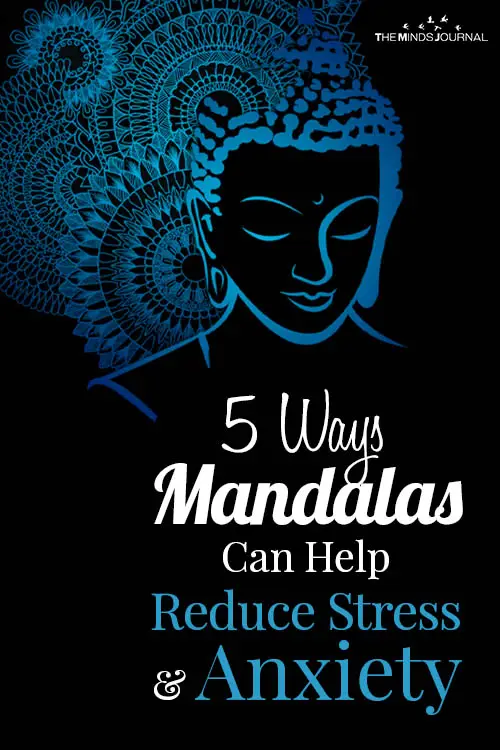
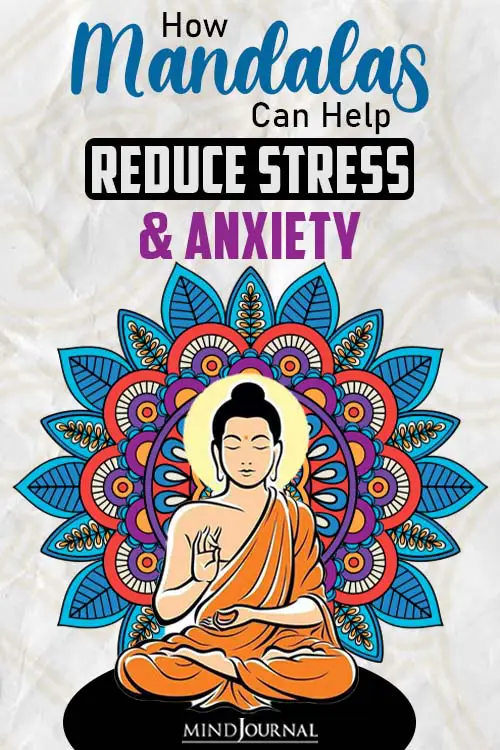
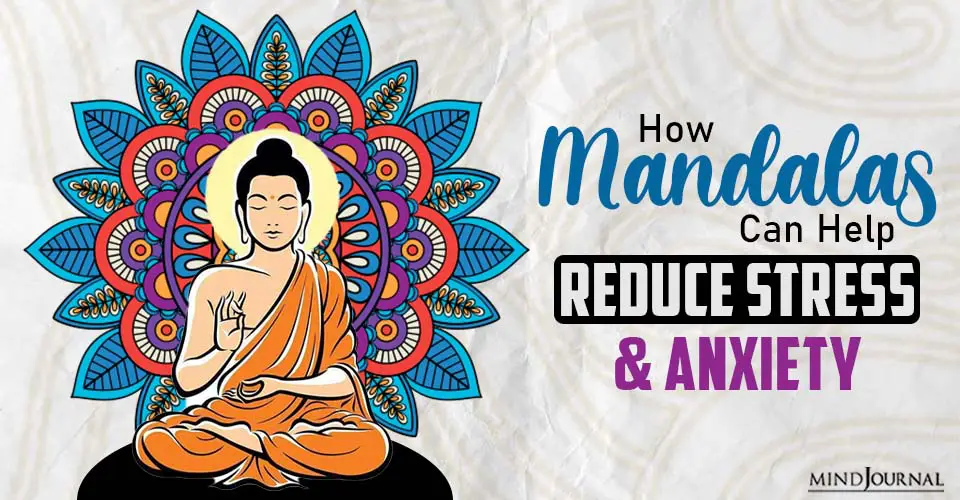

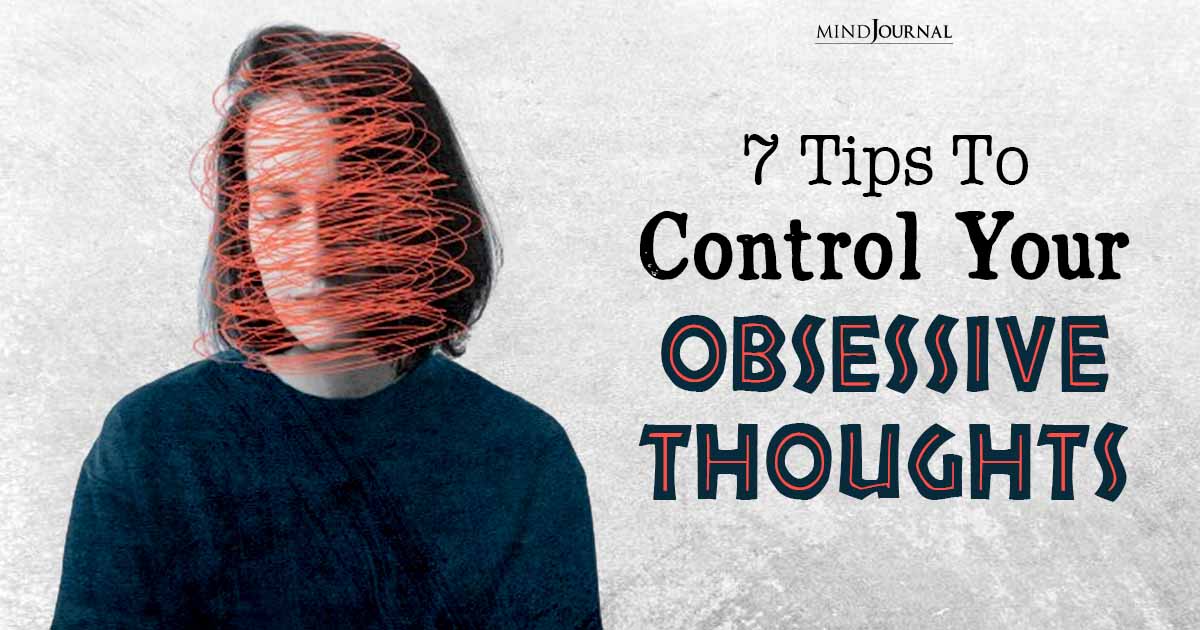
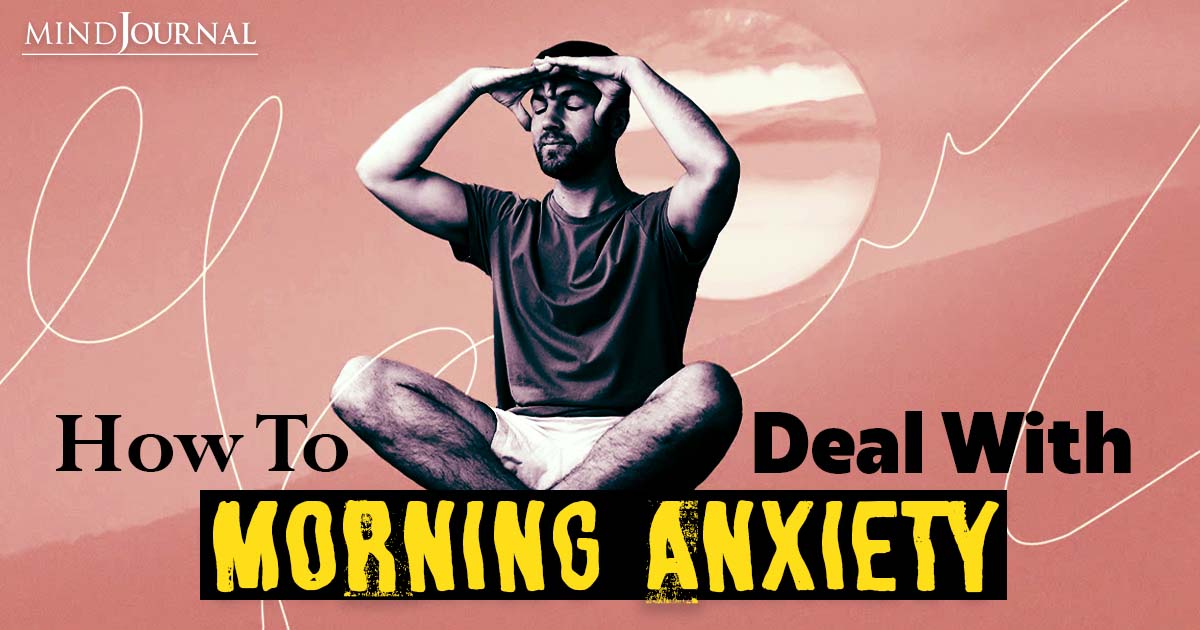
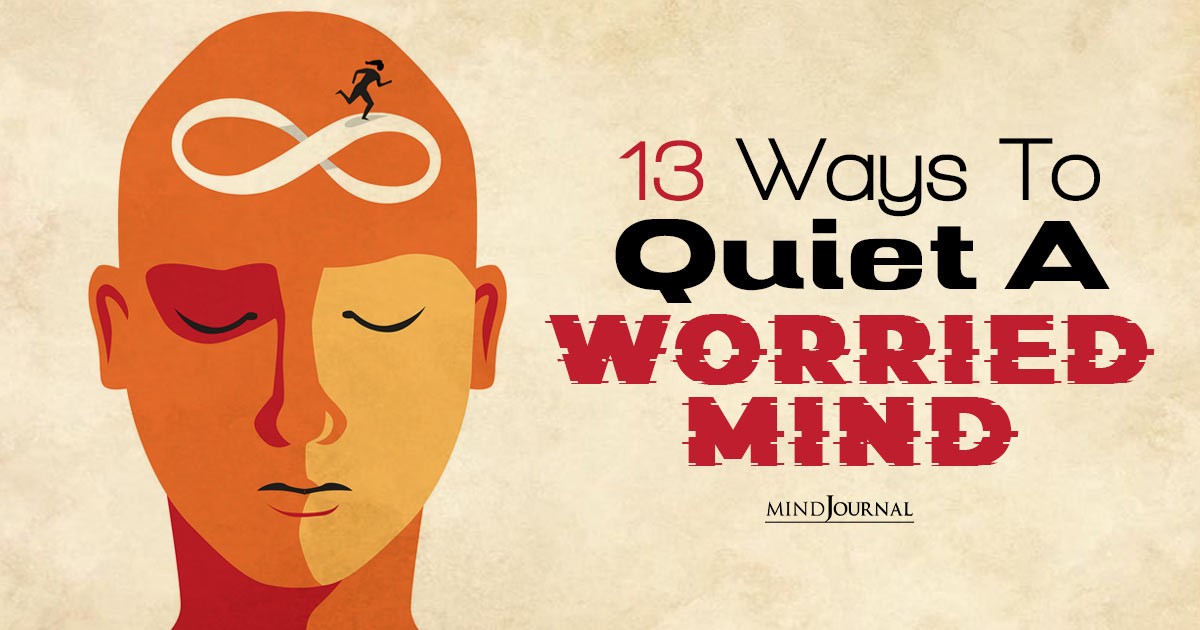
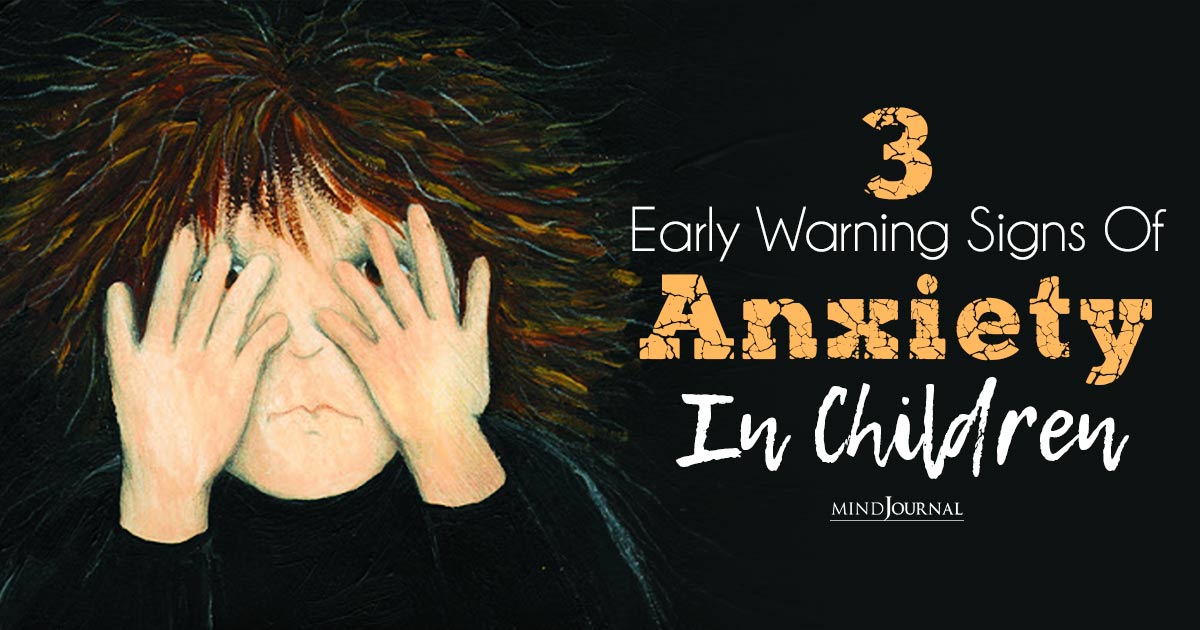
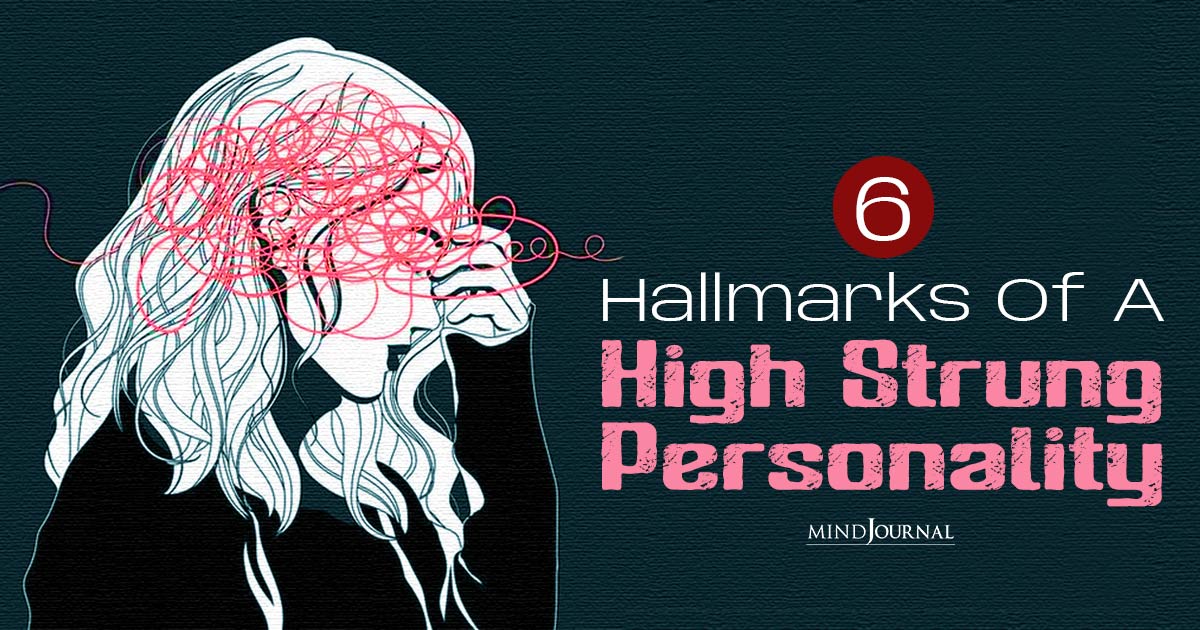
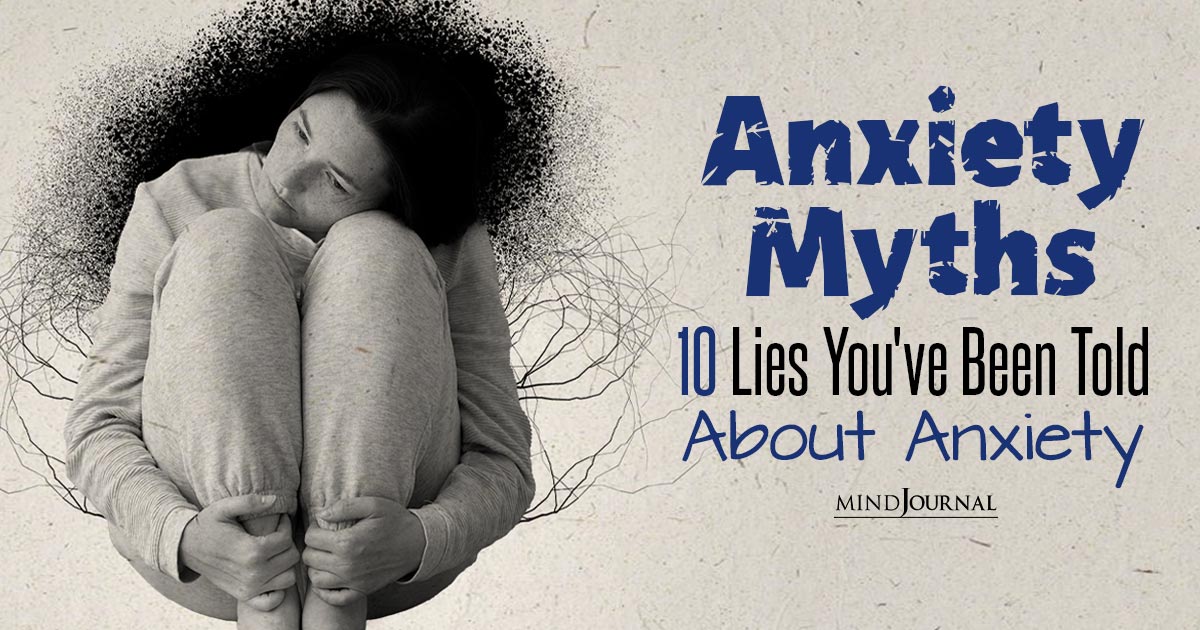
Leave a Reply
You must be logged in to post a comment.